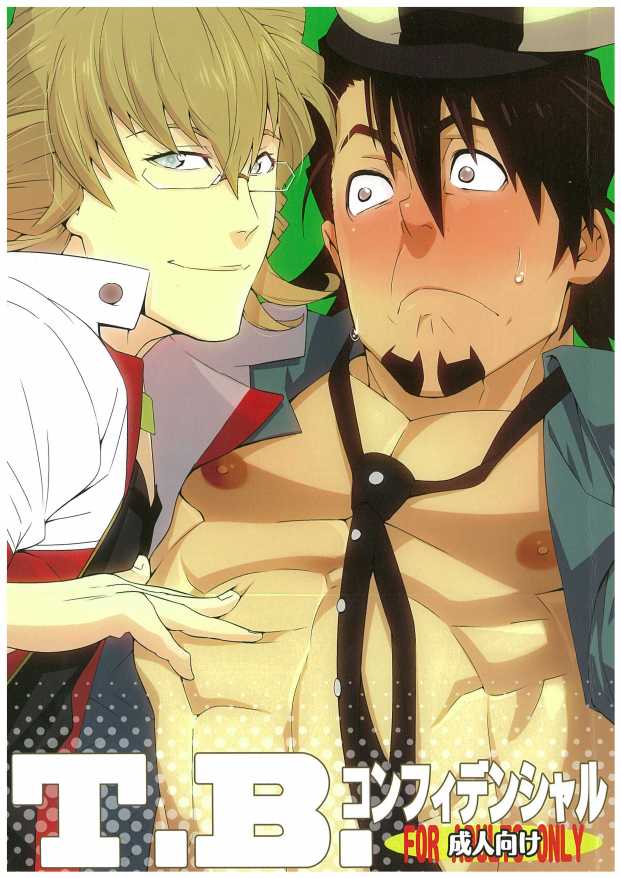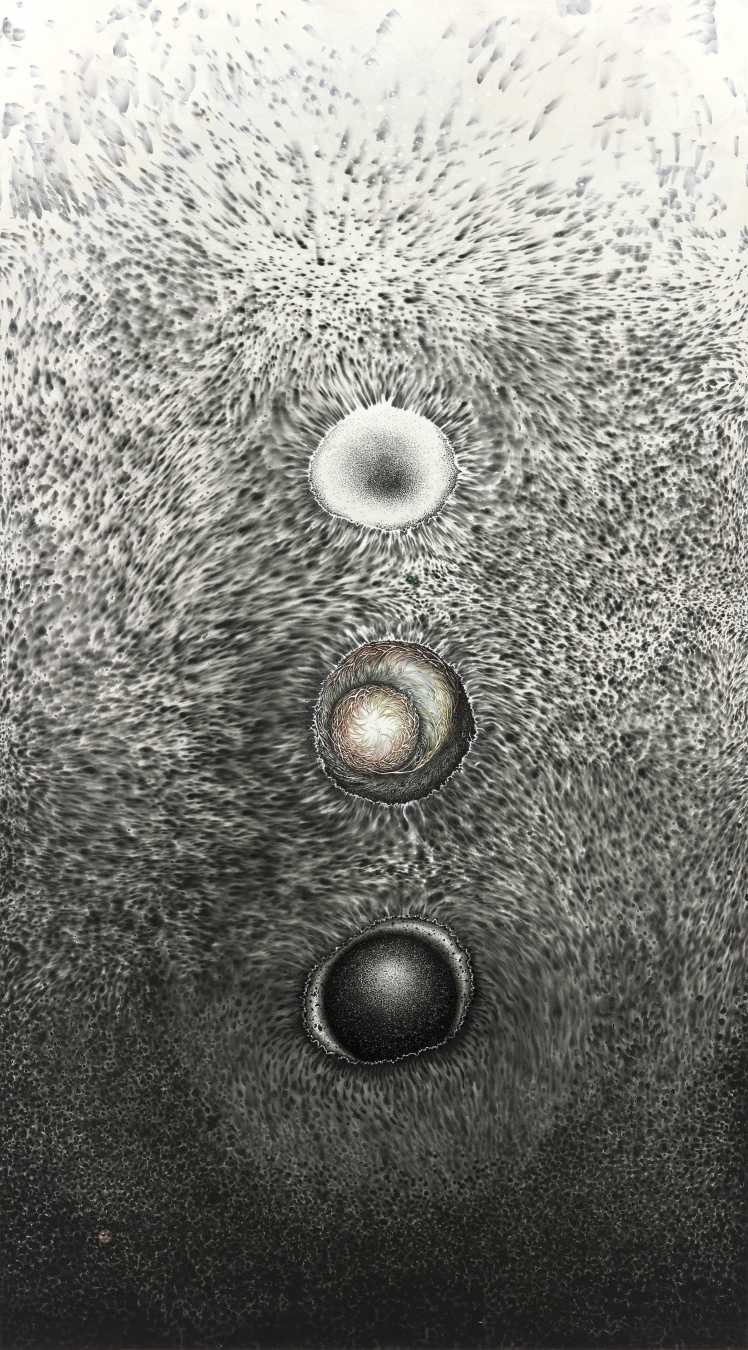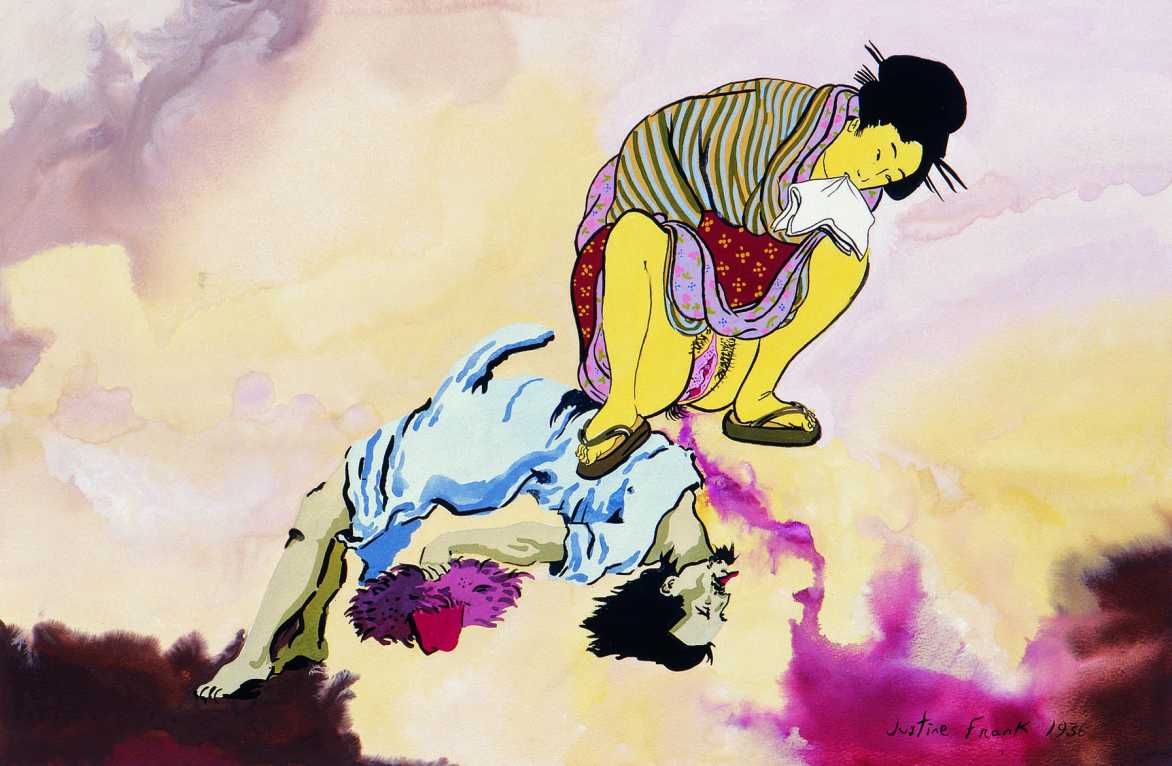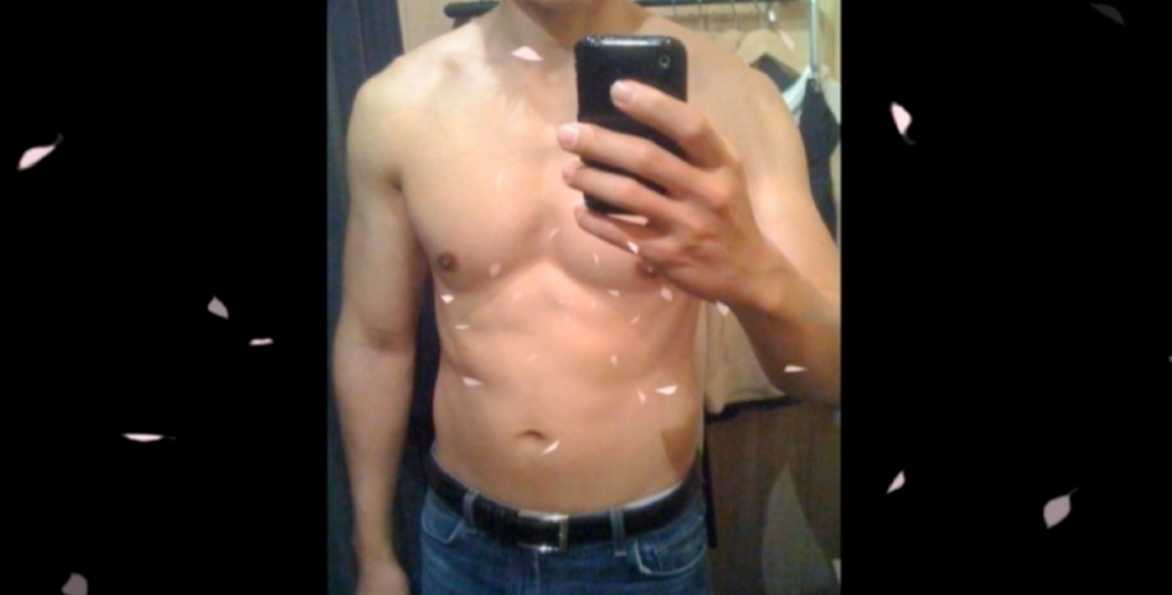
Para Site is excited to present Ten Million Rooms of Yearning. Sex in Hong Kong, a multi-venue exhibition looking at the connections between sex, desire and the city’s society and historical conditions. The show explores the ways in which desire is experienced and sex is had, hidden, fantasized, altered, and replaced by various factors: from family structure to class, from power relations to various identities (racial, sexual and beyond), from seclusion and solitude to the many worlds of contemporary subcultures, from architecture’s role in shaping intimacy to capitalism’s over-determination of Hong Kong’s embattled public space.
The exhibition is particularly interested in the reasons for the changing attitudes towards sexuality in the recent history of the city. A commonly held cultural trope, seconded by several studies, is that sexual drive in Hong Kong is at present one of the lowest in the world. Traditional ideas about family and gender roles in one of the only Chinese territories not to experience a revolution during its modernity were only reinforced by Victorian ideas of morality and respectability inherited from Britain, one of the only European territories not to experience a revolution during its modernity. Christian ideas have been disproportionately present in the public realm and the circles of power of Hong Kong. But while Hong Kong has never known periods of sexual liberation (not counting the periods in the past when it had a much sleazier reputation, primarily due to female prostitution catering to foreign businessmen and soldiers – given rise to Suzie Wong type of imagery – and a vibrant sex industry in the 70s through the 90s), the post-1997 years of growing political conservatism have come together with a wave of sexual conservatism. Discussions about sexuality in the media and the arts were more visible, open and confrontational in previous decades. Other factors, such as the minuscule living spaces, general density, financial burdens, and extended time spent living with one’s parents do not favor intimacy to develop.
The public space is over saturated by promises and arousals of various desires so that cruising and the uncontrolled, spontaneous interactions between individuals and bodies are exiled from every corner of this regulated public space. Family roles and individuals’ expectations are also structured in a way that sexuality is seen as an unnecessary distraction from productivity. A plethora of substitute subcultures and activities, escapist worlds and games are widely available (many of them adapted from Japan), and replace other forms of sociability and interaction. Race plays a disproportionately important role in the negotiation of desire in a society where class differences are not strictly aligned to race divides. While the phenomenon of having clear racial preferences for sexual partners is more visible in the gay community, it is by no means restricted to it. This points perhaps to an unresolved history of identity processes and of power struggles over the city’s self-image.
To this extent, the exhibition revisits a number of key figures that were instrumental in an ongoing debate about queer, Chinese and Asian identities in a global and diasporic condition. Within a wide selection of local, regional and international artists of various generations, the exhibition also sheds light on seminal art historical figures from Hong Kong, tracing a history of representation of eroticism beginning with the work of a few crucial modernist artists, and pointing out, in the process, to the many vocabularies employed in the city’s post-war art history.
Featured artists:
Au Shek-yan, Cao Fei, Luis Chan, Chien-Chi Chang, Eileen Chang, Irene Chou, Choy Ka Fai + Rianto, Chu Hing Wah, Hon Chi-fun, Ines Doujak, Richard Fung, Petula Ho Sik-ying, Hou Chun-Ming, Katrien Jacobs, Eisa Jocson, William E. Jones, Meiro Koizumi, Agung Kurniawan, Yayoi Kusama, Lam Hoi-sin, Lee Kit, Isaac Leung, Ma Jir-Bo, Antonio Mak, Nguan, Nguyen Tan Hoang, Erkka Nissinen, Hélio Oiticica, Willem de Rooij, Roee Rosen, Angela Su, Hito Steyerl, Wong Wai-yim, Danh Vo, William Yang, Yau Ching, Ricky Yeung Sau-churk, Trevor Yeung, Zhou Tao
The exhibition is conceived by Cosmin Costinas and Chantal Wong.



